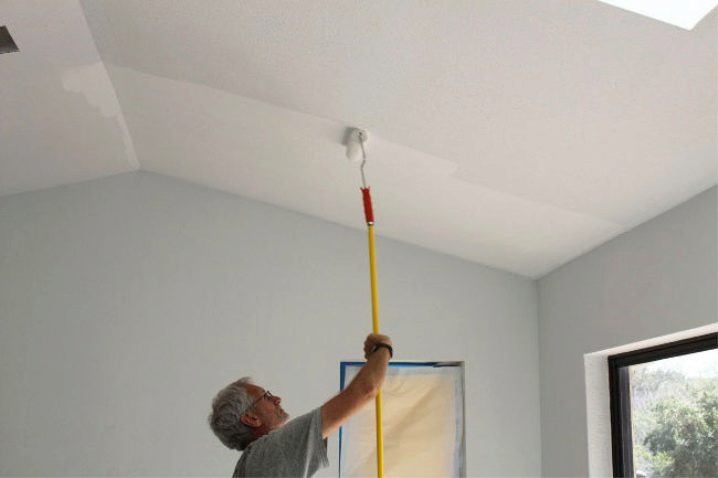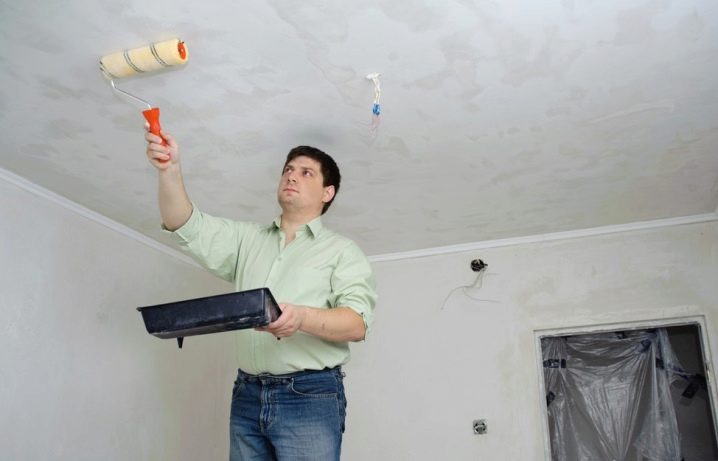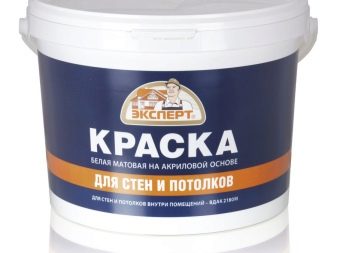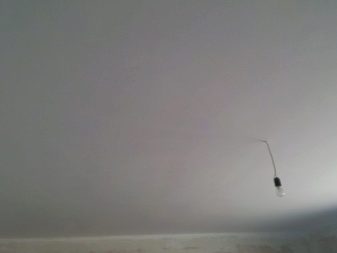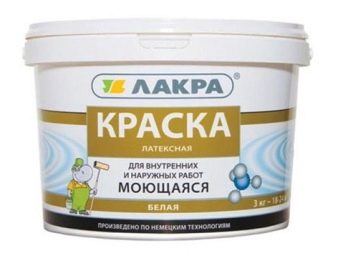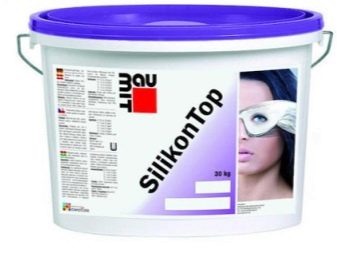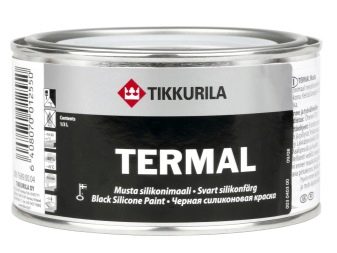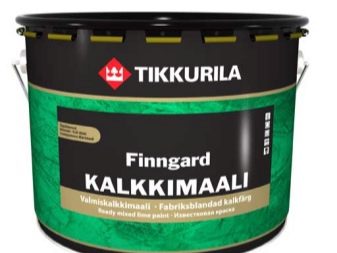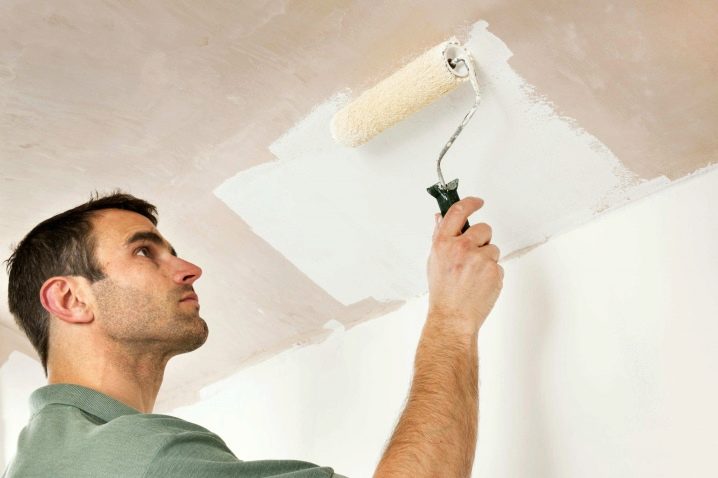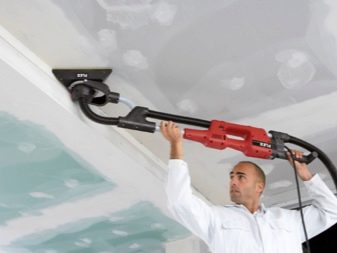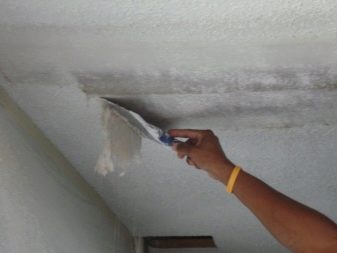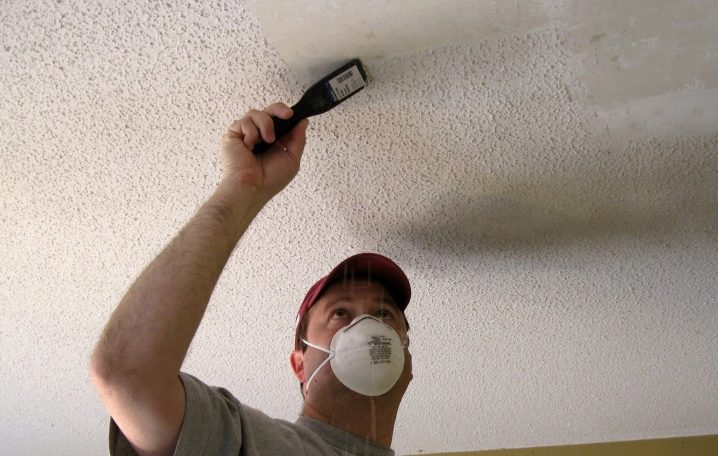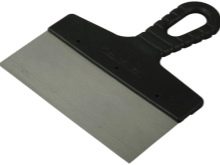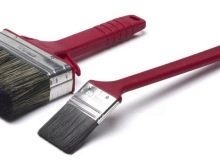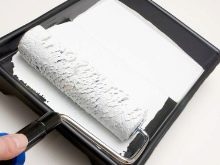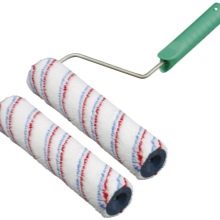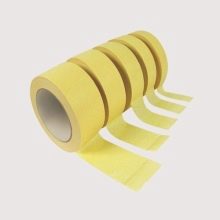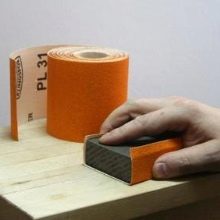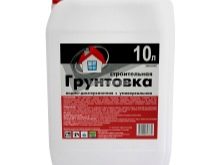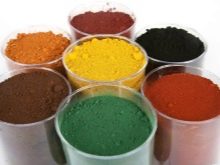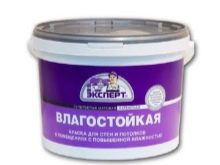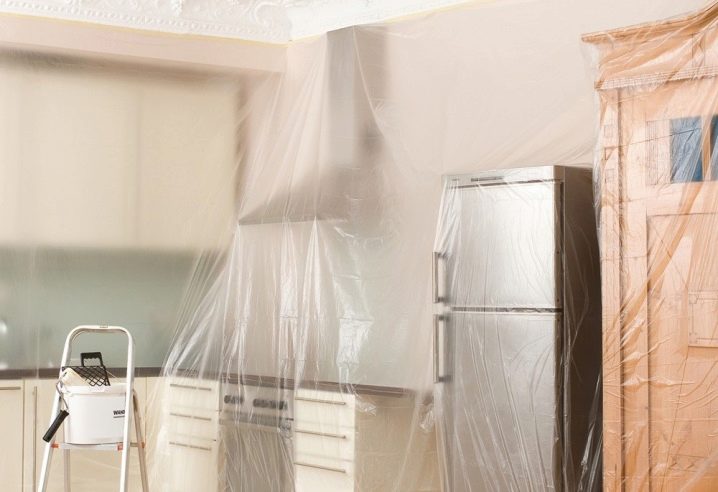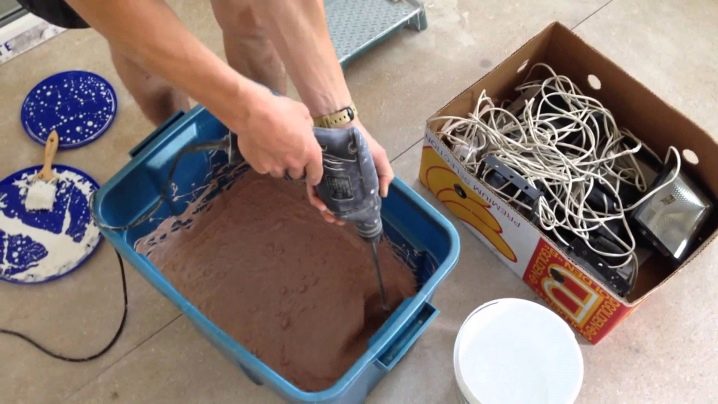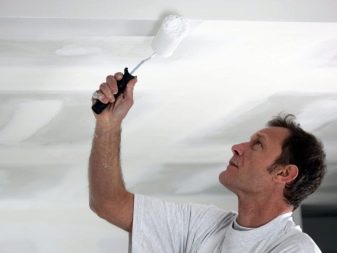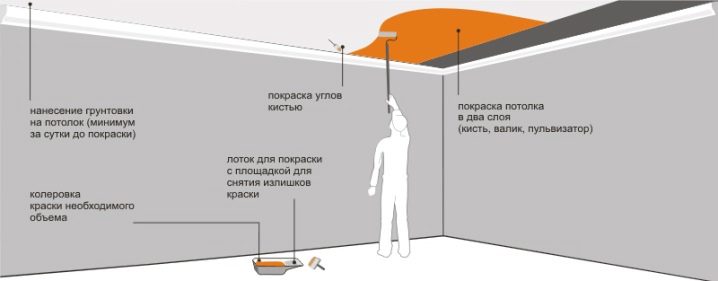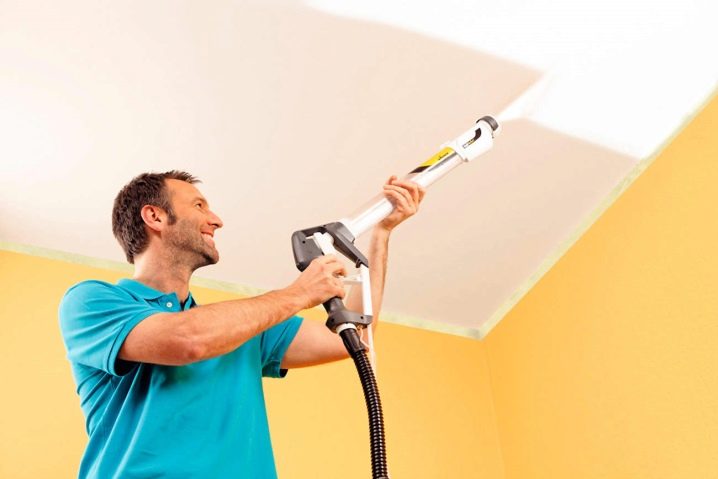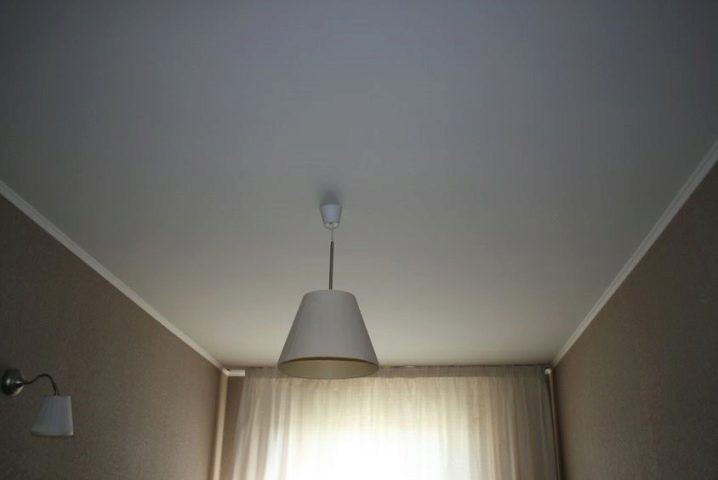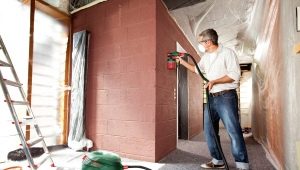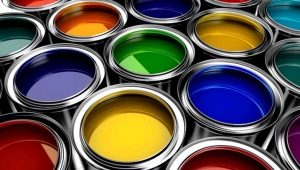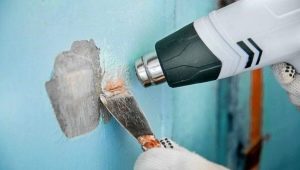How to paint the ceiling with water-based paint after whitewashing?
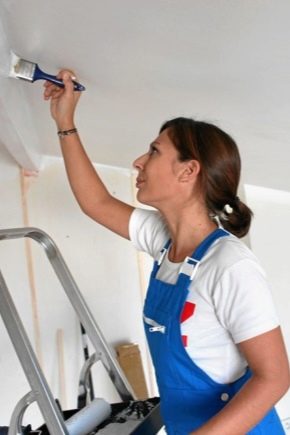
Before you finish the ceiling, first remove the old coating. This process takes a lot of time and effort, so the question is quite natural - how to paint the ceiling with water-based paint after whitewashing. It turns out that this option is possible, but only in some cases.
Painting on whitewashing: when it is possible and when it is impossible
According to the unspoken rules, water-based paint should be applied to a thoroughly cleaned, and then primed wall or ceiling. This contributes to optimal adhesion and further durability of the coating, its operational stability and durability. Applying paint on a poor-quality base will lead to peeling of the material.
In appearance, a smooth and thick chalky or lime coating seems to be very reliable, but when applied with water-based paint it can swell, crumble and fall off in pieces. Even if the layer is medium or thin, but it is stained with dirt, soot, or grease stains, these defects can be noticeable after a couple of layers of paint. In this case, some areas will have a color different from the general background, so that in both cases it is not worth painting on whitewashing, wasting energy and resources.
The exception is a thin whitewash, applied to the surface once, clean and not crumbling. If at the same time, after priming a small area, it does not become dusty, this is the case when it makes sense to paint over the already treated substrate.
Emulsion paint: the nuances of use
The choice of the coloring composition depends on the purpose of the room, which requires staining, there are several types of this material.
- Acrylic water emulsion can be used for interior and facade decorating.It is not afraid of abrasion, ultraviolet and high humidity, so it is often used for painting any premises. Since the composition is considered safe and does not emit toxins, they can paint the kitchen, living room or even a children's room.
- If the acrylic material is made with natural latex content, then it can partially hide the minor defects of the surface.
- Silicone-based paint is more plastic than acrylic and latex, which allows to seal cracks up to 2 mm in size, besides it has high vapor permeability. The latter determines its purpose - it is ideal for the bathroom and kitchen. Mud-repellent properties will relieve the hostess from regular cleaning of the surface, in addition, such water-based paint eliminates the appearance of mold and other microbes.
- The cheapest mineral type paint based on hydrated lime and cement although suitable for any reason, but rarely used, because it is not very durable.
- Water Based Silicate Materials mainly used for outdoor work.Consequently, for dyeing whitewashing you have to choose from two options - acrylic or silicone mixtures.
In general, water-based dyes have good performance, they are easy to apply, dry quickly, using tinting can create any desired coating color. But remember that Works should be carried out at a temperature not lower than 5 degrees Celsius. Also, this material should not be washed too often, besides it is subject to mechanical damage.
How to clean the base from low-quality whitewash?
You should always be prepared for the fact that you still have to remove the previous coating. A layer of lime, so durable and even at first glance, can give an unpleasant surprise, and then the owners will be forced to re-repair the ceiling or walls. Sometimes it happens after applying the paint.
Removing whitewash is required in most cases, so you should know how to do it efficiently and without a large investment of time. It all depends on the thickness of the old layer and its strength:
- if the thickness is insignificant, the wall and ceiling sander will quickly cope with cleaning, and at the same time will give the surface smoothness;
- it is easier to separate the average layer size from the walls by picking it up with a roller with a hard bristle or with a brush, having previously moistened them in water or using a spray gun;
- Thick layers of old whitewash are removed with a scraper or spatula, after wetting the coating and letting it swell, you can add vinegar or citric acid to the water.
After cleaning, the surface is examined for the presence of grease, rust and dirt.
Traces of rust are washed off with an emulsion of copper sulphate, and the fat is washed off with laundry (soda) soda. If soot is present, it can be cleaned with hydrochloric acid. Also, the previous coating can be washed off with water and soap and ordinary soda grated into it, special washes or paste, which, in addition to the old layer, removes dirt and dust.
Effectively wash off with water only chalky whitewash. For lime, it is better to use shovels and spatulas. The grinder is used for different types of whitewash, but it has one major drawback - it leaves a lot of dust, which is why you have to wash the base anyway.
Preparatory work
For processing the ceiling you need to prepare in advance all the necessary tools. To complete the task you will need:
- capacity for the coloring structure;
- ordinary paint and narrow brush;
- putty knife;
- primer and fur roller;
- adhesive masking tape;
- abrasive skin for grouting;
- primer;
- water emulsion;
- coloring pigments if a certain color tone is intended.
In addition, for security purposes, you will need special protective clothing, a mask or respirator, gloves, and eye protection glasses. Despite the fact that there are no toxins in the water emulsion, and it does not have an annoying smell, the material continues to be chemical composition and, if small particles get on the skin or upper respiratory tract, it can cause allergies, irritation and other health problems. It is rather difficult to wash it off from the skin, but for this you can use diluted acetic essence.
An important point is the preparation of the room - it is desirable that the furniture was not present in it, but you can simply close it from pollution with the help of a polymer film.
For dilution of the solution is taken plastic container, gloves, water and Kohler. Effective mixing will provide a construction mixer. In the bath poured the right amount of canned paint. Water is added little by little, while being stirred by a mixer until the desired viscosity is reached.
Pigments for tinting are placed in a shallow bowl, where the paint is poured in a small amount. Continuing the stirring, they begin to combine the mass with the basic composition until they achieve the desired shade. Too thick, viscous solution is also diluted with clean drinking water.
Ceiling painting
Even in the case of perfectly smooth and durable whitewash, experienced builders advise priming the ceiling surface and only then apply a water-based composition. From this important action depends largely on how the coating will fall and how it will be durable and smooth.
In the process of painting should follow some recommendations.
- Coloring is carried out using a roller or spray gun by spraying. A paintbrush and a narrow brush are used to paint complex areas, joints and corners, as well as the necessary correction.If a roller is used, it must have a long nap.
- When painting, it is desirable to have good lighting, which helps to avoid the appearance on the surface of bands from hand tools. Begin processing always from the corner zones and the joints connecting the walls and the ceiling part, in the living room it is the central (far) angle from the entrance aperture.
- Roller paint waterborne paint back and forth so that it is distributed evenly, so it is important to carefully rolling. Previously from the roller ribbed surface is removed excess ink mass.
To help in uniform coloring of ceilings will help electric spray. Besides the fact that it significantly reduces the laboriousness of the process for large areas and saves processing time, it can be used to achieve a minimum layer thickness and, consequently, faster drying. Painting by spraying does not leave streaks, streaks and streaks that occur when working with a brush and roller. For ceiling trim, only an extension is needed for the sprayer.
You can use the manual option for water-based paints, which is more affordable and easy to use.The device uses a lower pressure than electrical models, but you can get out of the situation by choosing higher quality paints and adjusting the consistency of the solution.
If a layer of another coating is applied over the emulsion paint, the maximum surface strength will be achieved.
It turns out that water-based dyes themselves can perform the task of a primer. Such materials are the fastest drying, the maximum drying time for most species is two hours. This is an advantage of paintwork materials, but it also presents some difficulty in the process of work, because the correction of divorces and other defects must be done quickly.
Possible complications
Unfortunately, it is impossible to calculate the result of such staining completely - unforeseen situations happen. If there are minor defects or irregularities on the bleached base, they can be difficult to detect, but when coated with paint, they can become obvious and spoil the appearance. When the ceiling is covered with lime and chalk several times, the material may become viscous and sticky when painted, and this will lead to sticking of small particles on the roller, which will complicate the working process.
Therefore, to work over an existing layer of whitewash, it is better to choose a matte water-emulsion composition, which, unlike the glossy one, masks flaws and roughness. For finishing over lime and chalk, this is the best option, since these materials should not be covered with oil-based enamel and paints.
You will learn more about the technology of dyeing the ceiling with water-based paint in the following video.
